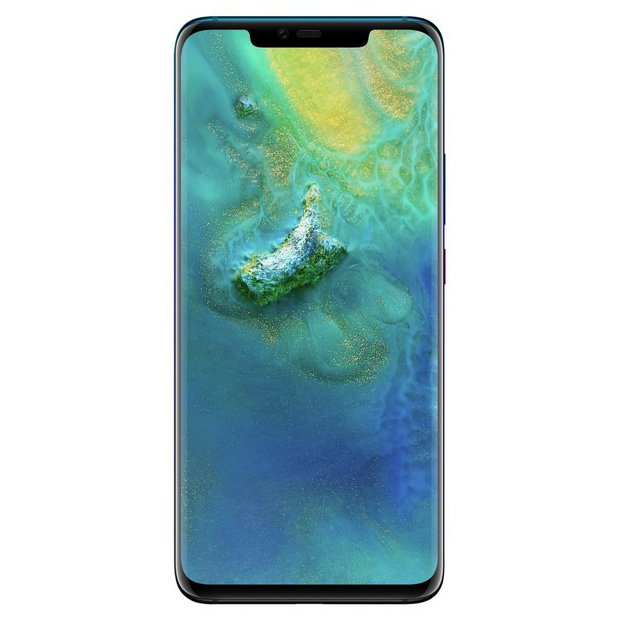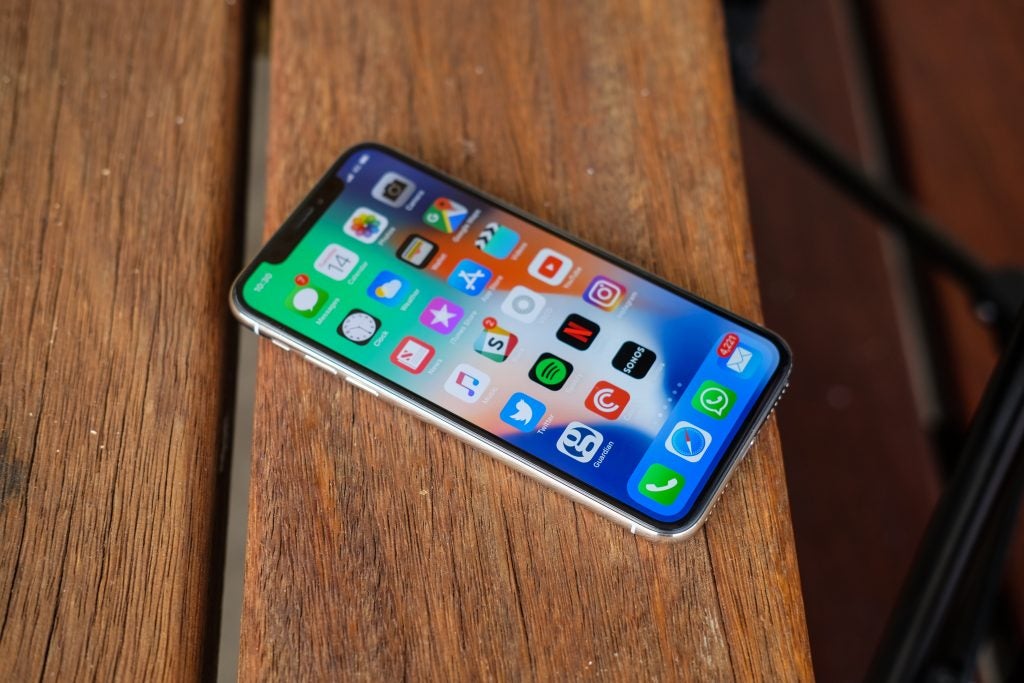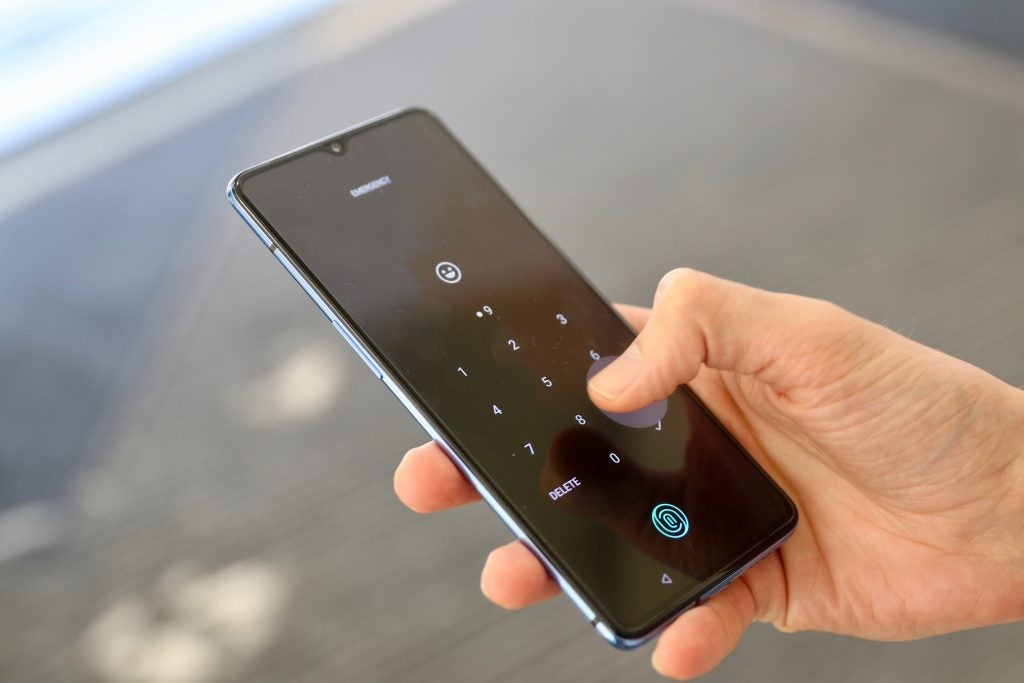Huawei Mate 20 Pro Review
What is Huawei Mate 20 Pro?
The Huawei Mate 30 Pro might have just seen its official announcement, however we still don’t know when it’ll get a release in the UK. There’s also the big issue of the lack of Google apps (even if it is fairly easy to install Google apps on the Mate 30 Pro) due to the ongoing Android ban.
Those issues don’t affect the Mate 20 Pro, though. Pick up this phone today and you’ll have access to Gmail, YouTube and the full delights offered by the Play Store.
It is also still receiving updates from Google and Huawei has said Android 10 with EMUI 10 will be coming. In many ways the Mate 20 Pro might be a better buy than the Mate 30 Pro.
Related: Huawei Mate 30
Editors Note: Due to the recent retraction of Huawei’s Android license, future Huawei and Honor phones won’t be able to access Google Play Services and as a result many Android apps including YouTube and Gmail. Both Huawei and Google have confirmed Huawei and Honor phones, like the one in this review, will continue to have access for this time being. Until we know more about the situation we’re leaving the scores on all our Huawei reviews, however as the situation changes we’ll revisit this.
Huawei Mate 20 Pro and Band 3 Pro Bundle Deal


SIM Free Huawei Mate20 X 128GB Mobile Phone - Blue Plus Free Huawei Band 3 Pro Fitness Tracker
SIM Free Huawei Mate20 X 128GB Mobile Phone - Blue Plus Free Huawei Band 3 Pro Fitness Tracker
Get the super sleek Huawei Mate 20 Pro with four camera set-up and in-screen fingerprint unlock features and also enjoy a great companion gadget, the Band 3 Pro completely free.
Related: Huawei P30 review
Huawei Mate 20 Pro Design – This remains a gorgeous phone
In just a few years Huawei has gone from shipping phones that feel like knock-offs of other flagships to creating some of the slickest devices around.
The Mate 20 Pro is Huawei’s best-looking phone – even when compared to the newer P30 Pro. While it certainly takes inspiration from the curvature of Samsung’s Galaxy S-series, it showcases enough individuality to make it stand out – and, personally, I’d put it right up there with the best-designed phones around.
Huawei has done an exceptional job of making a phone with a 6.39-inch display feel far smaller than it should. This is in part the result of the stretched-out screen, which now pushes almost to the edge – aside from the requisite notch, of course – and also due to the heavy reliance on curves.
Related: Best Android phones

Huawei is a fan of experimenting with colours and so the Mate 20 Pro is available in a wide range of hues. My review unit has a dark green back that not only looks great, but has some added texture as a result of raised lines running from one side to the other. These are almost impossible to see in pictures, but scratch your fingers across the surface and it sounds like a vinyl record.
Oddly, this textured rear is only available on the green and blue options, with the other colours – including the trippy Twilight finish made famous by the Huawei P20 Pro – coming with a more conventional, smooth back. Even though the Mate 20 Pro isn’t the biggest phone around, it still feels far more comfortable in this added texture.
Around the sides of the phone sits both the power button and volume rocker along one edge, with the other completely free of buttons. Personally, I prefer the lock button to be located on the opposite side to the volume buttons since it reduces the chance of accidental presses.
Related: Samsung Galaxy S10
USB-C is the only port on the Huawei Mate 20 Pro; there’s no headphone jack here. There is, however, an IR blaster on the top for controlling a TV, for example.
Like the 3.5mm jack, the physical fingerprint sensor has been ditched. Now, unlike Apple, Huawei isn’t forcing you into solely using face unlock. Instead, it has placed a fingerprint scanner beneath the phone’s OLED display. Aside from feeling ridiculously futuristic, this method of unlocking allows for a cleaner-looking device.

Alongside the in-display fingerprint sensor is a face-unlocking system reminiscent of the one seen in the iPhone series. Instead of simply using the front camera to determine it’s you, the Mate 20 Pro builds a depth map of your face using an IR emitter, dot projector and the 24-megapixel camera.
This system is far more secure than simpler solutions, and as such can be used to unlock banking and other apps that usually require fingerprint authentication. It also works very well in the dark, without forcing the screen to light up and blind your tired eyes.
Huawei Mate 20 Pro Screen – Curved OLED panel looks great
Another winning aspect of the Huawei Mate 20 Pro is its excellent 6.39-inch, 19.5:9 OLED screen. The panel is rounded at the corners, curved at the sides and packs a sharp 3120 x 1440 resolution.
There’s very little to criticise here, but I’ll begin with my only negative point: I don’t really like the curved edges. Sloping the screen down over the phone’s edges was first popularised by Samsung with its Edge series, and then more recently with its Galaxy flagships.
As Samsung has refined its design, the sides have gradually become less sloped, to the point where on the Galaxy Note 9 they’re barely there. With the Mate 20 Pro, the sides feel too curved and have a sharp finish.
You’ll also notice that they catch far more light than the flat portion of the screen, reflecting quite heavily in bright environments.
Look past these issues, however, and the Mate 20 Pro’s panel is up there with the best displays on the market. OLED presents deep blacks and infinite contrast, while Huawei has kept the colours fairly natural: reds have a nice burst of vibrancy without feeling oversaturated, and greens don’t end up appearing luminous.

There are also lots of options for tweaking the colour performance, making it cooler, warmer or enabling ‘Vivid’ mode to boost saturation. High Dynamic Range (HDR) video support is here, too; however, Netflix or Amazon Prime don’t currently support the Mate 20 Pro’s display specifically. HDR videos on YouTube look exceptional, though.
Sitting at the top of the display is a notch – the small cutout that hides all the sensors required for the biometric face-unlock feature. Notches tend not to bother me in the slightest, especially when they’re hiding advanced tech.
The notch on the Pro isn’t one that simply mimics the unit on the iPhone. Here it houses a multitude of sensors and ensures the screen can be pushed out as far as possible.
Huawei Mate 20 Pro Performance – Still very fast
The Huawei Mate 20 Pro is powered by the Kirin 980 – a chipset designed in-house by Huawei. Just like Apple and its A-series Bionic silicon, having the ability to build a chip yourself means you’re never waiting for the likes of Qualcomm to come out with its next iteration of the flagship Snapdragon chip.
The Kirin 980 is built using the 7nm architecture, which allows of smaller gaps between the transistors on each chip. A smaller distance leads to improved performance and, more importantly, better efficiency.
The chip here remains an eight-core unit, like the previous Kirin 970. However, it now uses four low-powered, two medium, and two high-powered cores – each responsible for specific tasks.


This is also likely down to the 6GB of RAM. Huawei also said the Mate 20 Pro will continue to be fast 12 to 18 months down the line, which is far more important than how quick it feels after having just bought the device.
Taking care of the graphics is the Mali G76 MP10 and, once again, this phone is an absolute beast when it comes to gaming. There might be dedicated gaming phones out there but the Huawei Mate 20 Pro should be taken very seriously if you’re into mobile gaming.
Intensive titles such as Asphalt 9 launched noticeably faster than on the competition, and I found myself in a race consistently quicker than with a Pixel 3 or the Samsung Galaxy S10.
Huawei’s phones have always impressed with strong reception for both Wi-Fi and cellular data, and that remains the case here. Phone calls sound clear, and since the phone supports dual-SIM, you can place two nano-SIMs inside.
Interestingly, there’s no microSD support here. Instead, Huawei has developed a new expandable storage card called Nano Memory. As the name implies, this card is the same size as a nano-SIM, and fits in the same slot. At the time of review, I couldn’t find any nano memory cards for sale. The lack of microSD support is softened by the 128GB of internal storage, though.
To offset the missing 3.5mm headphone jack Huawei includes both a dongle for connecting wired headphones along with a serviceable pair of USB-C earbuds in the box. There’s also a decent speaker setup here, with noise coming both from the notch and the bottom of the device.
Related: 5G in the UK
Huawei Mate 20 Pro Software – You’ll still get Google apps and updates here
There’s so much to like about the Huawei Mate 20 Pro – but, sadly, the software experience still needs work.
Huawei’s intrusive EMUI, which runs on Android 9 Pie, remains a strange combination of Google’s software and knock-off iOS. It ditches the app drawer for an iOS-like appearance of multiple homescreens crammed with apps, not to mention it comes with an excess of bloatware. Everything about EMUI continues to feel a bit all over the place. The icons are blocky and ugly, notifications often miss out important information, and the Settings menu is a mess of hard-to-find options.
Problems aren’t confined to the UX design, either; EMUI seems to actively limit functionality. You can’t interact with and act upon notifications on the lock-screen, and I had continual issues with Google services refusing to sync properly and reliably.

Huawei has also taken two of Pie’s biggest features and tweaked them. Digital Wellbeing is now Digital Balance, and this lets you set timers for apps, keep an eye on how much time you’re spending on your phone per day, and dim the colours at night.
Navigation gestures are here, working more like iOS than Android as you’d find on a Pixel 3. I like being able to swipe from an app to go home but Huawei’s implementation of going back needs work: you need to swipe on the left side of the display, but the phone just doesn’t do a good job at recognising this gesture, an issue that gave me flashbacks to early iterations of the company’s Knuckle Mode *shudder*.
Huawei has said it is updating the Mate 20 Pro to EMUI 10 (which is built upon Android) and you’ll of course still be able to access Google apps here even with the Android ban.
The post Huawei Mate 20 Pro Review appeared first on Trusted Reviews.
Read More






















